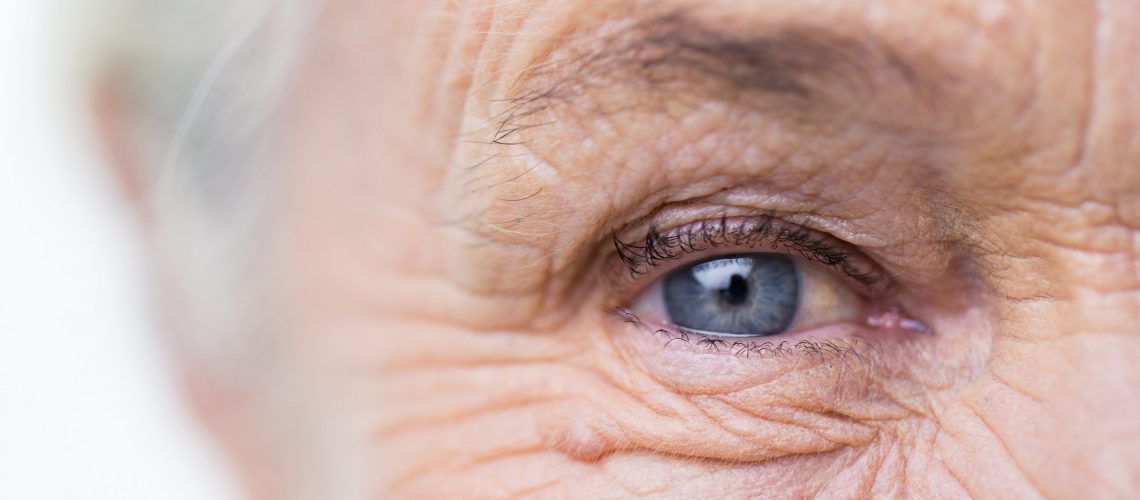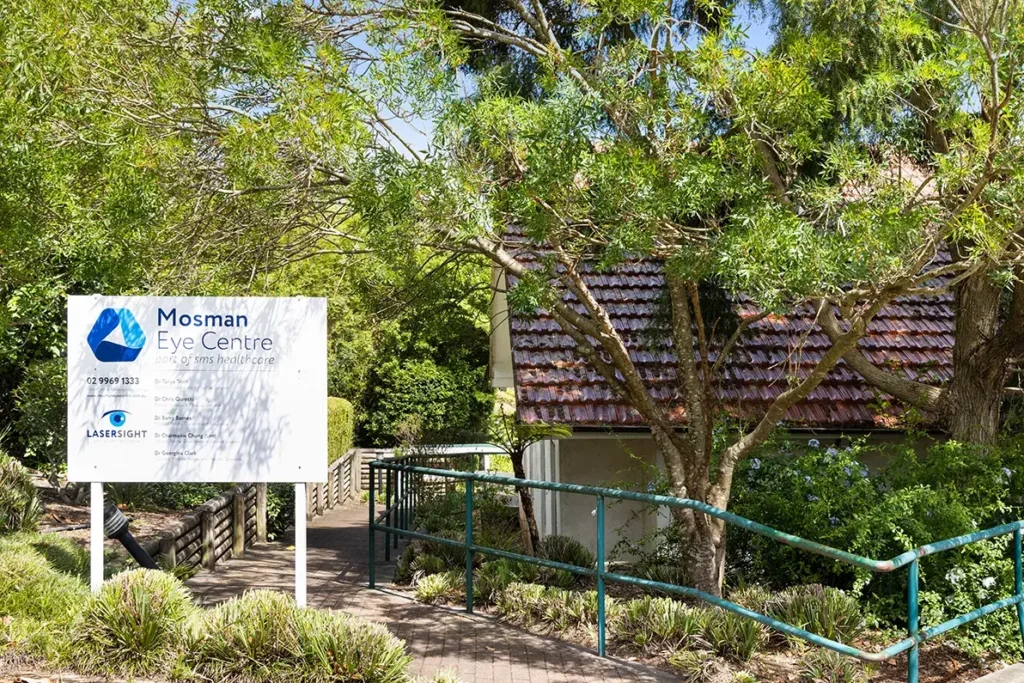During blepharoplasty or lid reduction surgery a variable amount of skin, muscle and orbital fat is sculpted or repositioned to alter the contour and shape of the eyelids.
Upper or lower eyelid surgery can be performed as separate procedures or together. Upper eyelid surgery will give a smoother, less heavy and tired appearance of the upper lid. Lower eyelid surgery aims to achieve a smoother appearance under the eyes and reduce bags and wrinkles to give a more refreshed appearance.
The procedure can also be used to add an upper eyelid crease. Some Asian people have lid creases (a “double eyelid”) and some Asian eyelids have no lid crease (“single eyelid”). The aim of surgery is to create the appearance of an Asian “double eyelid” whilst maintaining the Asian characteristics of the eyelid. Adding a lid crease or fold can help achieve a more open and brighter appearance of the eyes.
Who Is suitable for eyelid surgery?
Both men and women who have excess skin or evidence of fat bags and sagging of the upper and/or lower eyelid are the best candidates for this type of surgery. The goal is to rejuvenate the eyelids whilst maintaining a natural appearance. Overzealous surgery can give patients an unnatural look and affect the eyelids’ ability to protect the eyes.
What does the treatment involve?
Upper eyelid Blepharoplasty is performed through incisions or cuts made in the upper skin crease that forms when your eyes are open. The excess skin and fat are removed or repositioned and the incision is stitched closed. Lower lid blepharoplasty is usually performed through a trans-conjunctival incision on the inner surface of the eyelid to all excess orbital fat to be removed or repositioned. If skin trimming is required then an incision just below the lashes is required. The operation usually takes 1-2.5 hours depending on the extent of each case and is usually performed as a day procedure under local anaesthetic with sedation.
How will I look immediately after surgery?
Swelling and bruising can last 3 days to 3 weeks, but usually within 1-2 weeks most of the obvious signs of recent surgery have resolved.
What is the recovery time?
Most patients will take 3-5 days off work. Physical activity in the first week should be minimal and then building up to a normal level over the next two weeks.
What are the risks?
Our Ocular Plastic Specialist routinely performs this surgery however any surgery carries some risk and at the time of your consultation, your specialist will fully outline the pros, cons and risks of surgery.
How long do the results of this surgery last?
Our tissues change as we age and surgery does not stop the ageing process. In addition to this, other changes around the eyelids such as brow position changes can undermine the beneficial effect of blepharoplasty surgery.
Is there anyone who shouldn't have this surgery?
There are very few people who cannot have this procedure. There are certain criteria that have to be met in order for the procedure to be Medicare and private health fund eligible, however many patients may still elect to proceed on a cosmetic basis.





